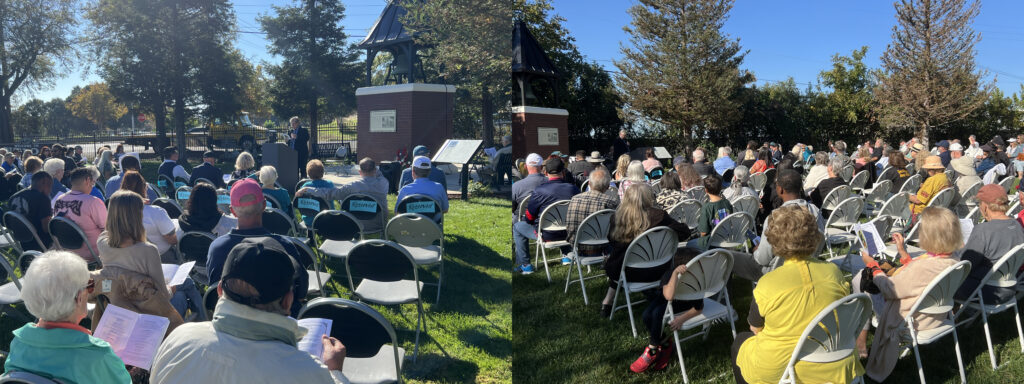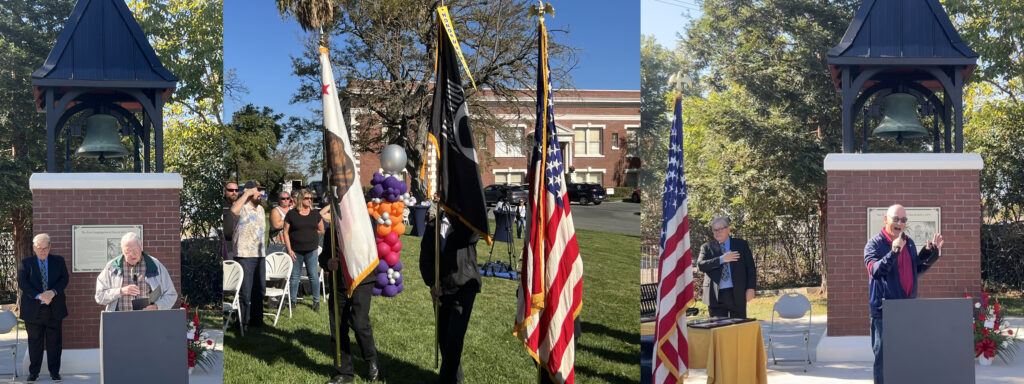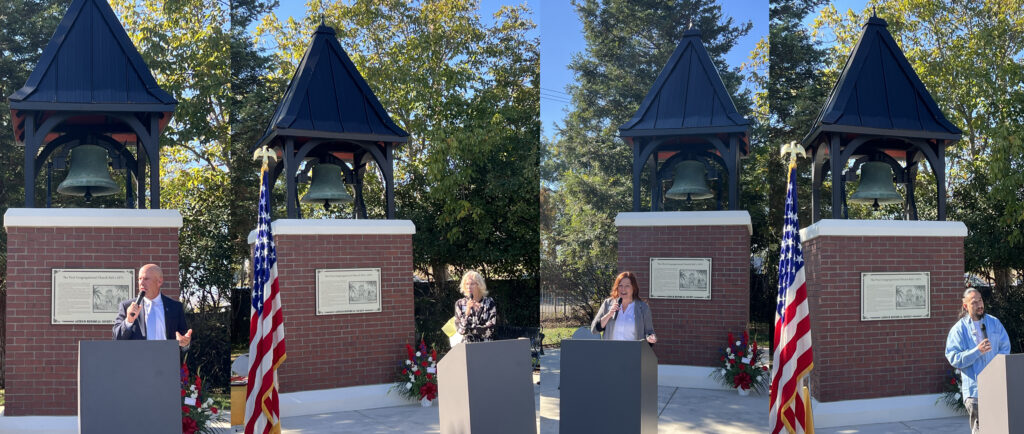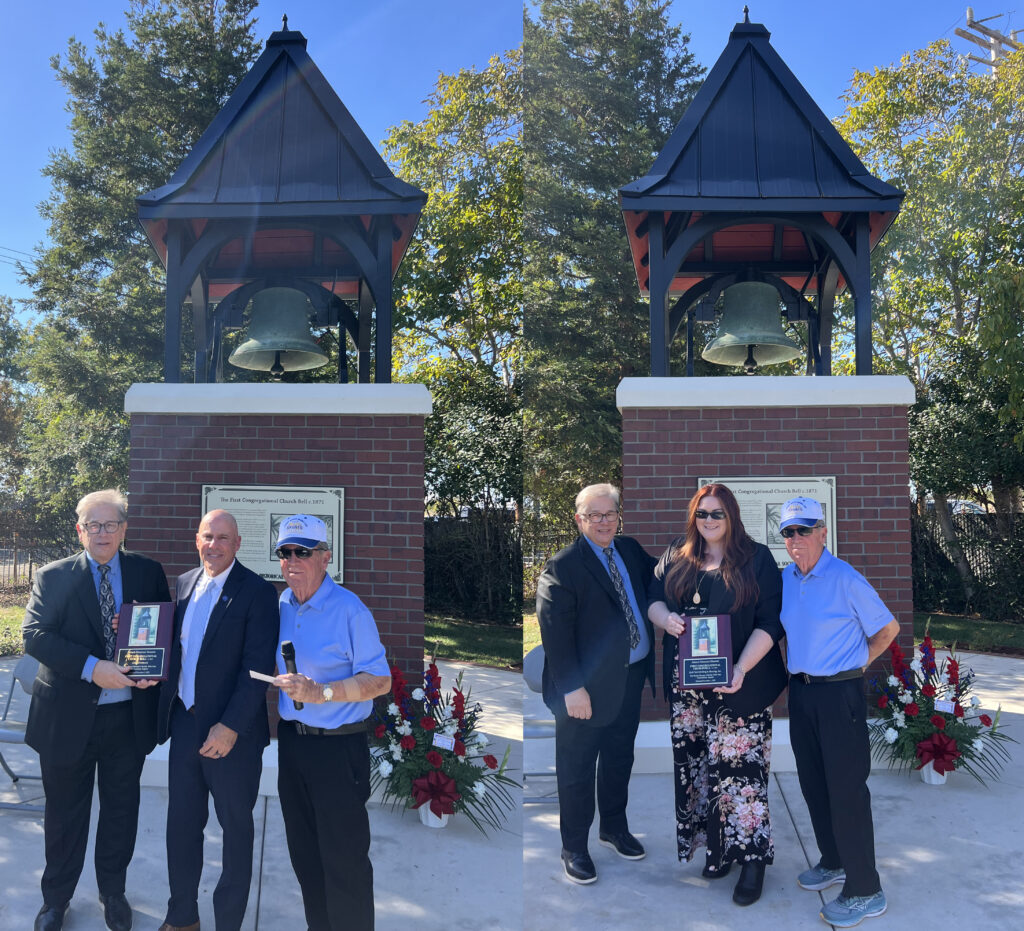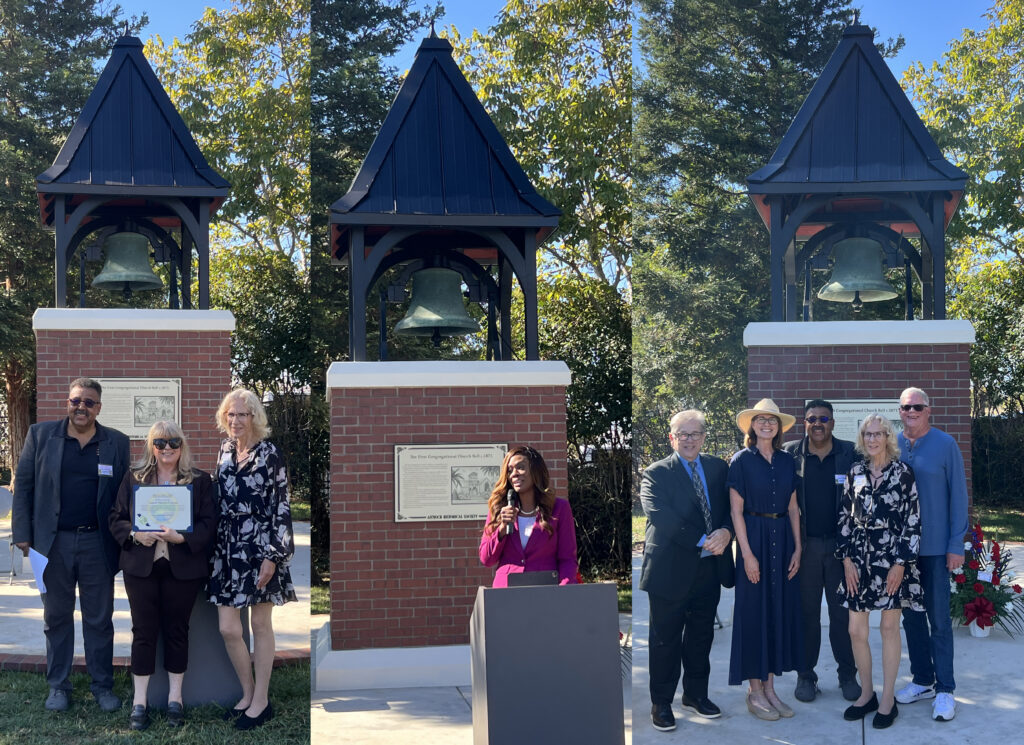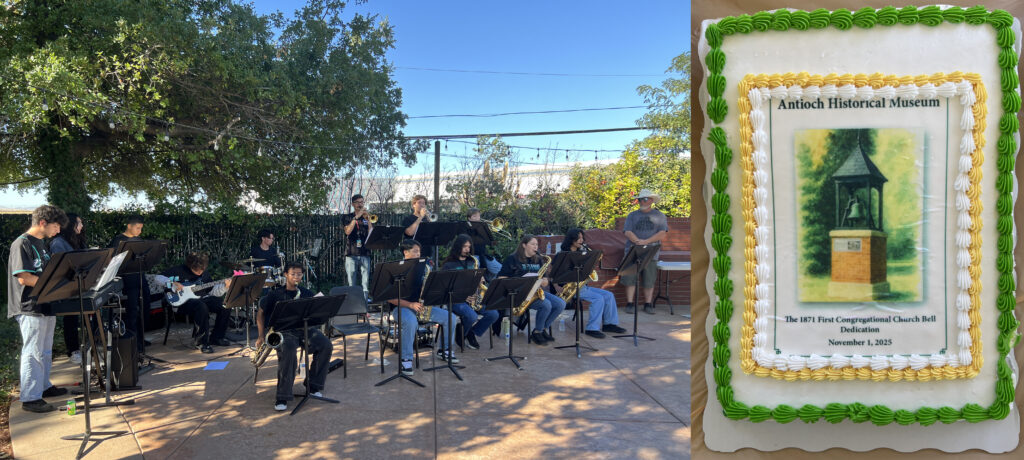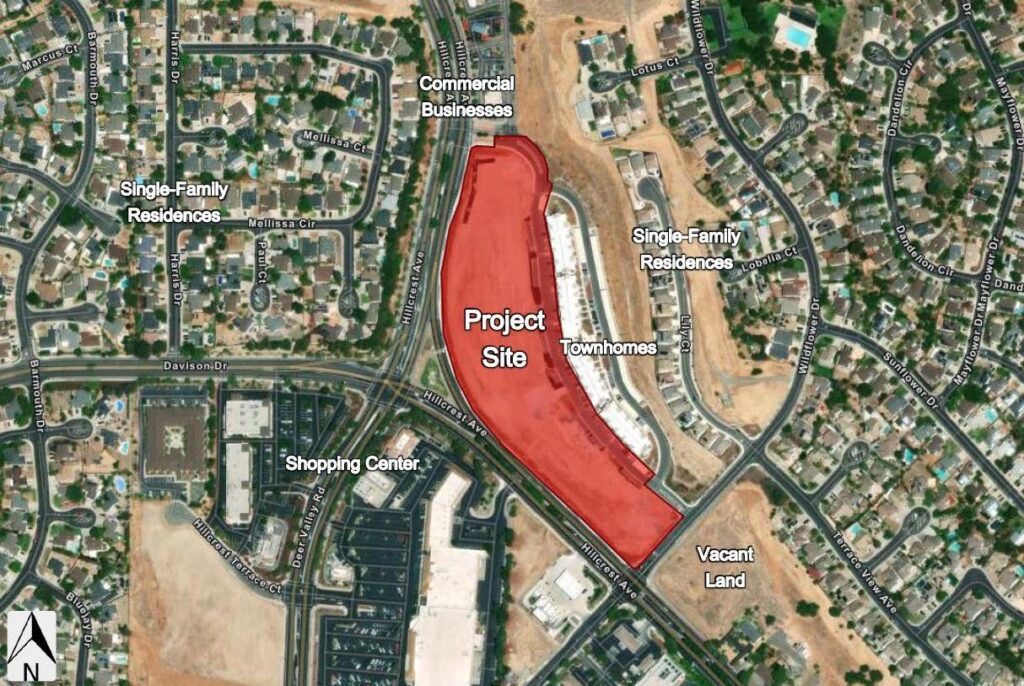Contra Costa County halts plan for emergency debit card distribution as state releases November CalFresh benefits
Monday, November 10th, 2025
La liberación de los beneficios de CalFresh en California para noviembre
All County offices will be closed for Veterans Day holiday, Tuesday, Nov. 11
By Tish Gallegos, PIO, Contra Costa County Employment & Human Services Department

(Martinez, Calif.) – California residents are seeing the restoration of their CalFresh benefits to Electronic Benefit Transfer (EBT) cards as the federal government issues 100% of the funding following a court order. CalFresh, known federally as the Supplemental Nutrition Food Assistance Program (SNAP), provides critical food assistance to households and County residents.
The California Department of Social Services (CDSS) has confirmed the loading of CalFresh benefits to EBT cards for November-eligible recipients who should have received them from Nov. 1-6. CDSS expects the loading to continue for those who were regularly scheduled to receive them Nov. 7-10.
CalFresh recipients can check on their CalFresh benefits by visiting BenefitsCal.com, calling 1(866) 663-3225, or visiting an EHSD office (find office locations at ehsd.org). Note that all County offices will be closed for the Veterans Day holiday on Tuesday, November 11.
With the release of funding to load EBT cards, Contra Costa County is pausing its recently announced plan to distribute debit cards to CalFresh participants eligible for the benefit in November. The distribution was expected to fill the gap from the lapse of federal funding that threatened the food security of 107,020 individuals in Contra Costa County, more than half children and older adults. Earlier this week, the Board of Supervisors’ unanimously approved up to $21 million from the County’s General Fund authorizing the Employment & Human Services Department (EHSD) to implement the debit card distribution plan.
“We are committed to supporting our community members and remain prepared to possibly distribute the debit cards at a later time if CalFresh (SNAP) funding is further disrupted,” said Board Chair Candace Andersen, District 2 Supervisor. “It is uncertain what will happen with CalFresh benefits for December, and we will hold the County funds in reserve as we watch for the federal government to reach a funding solution.”
The Board of Supervisors declared a local emergency this week due to the federal government shutdown disrupting CalFresh funding. The declaration stands for 60 days, and EHSD expects to report back to the Board about the need to continue the local emergency.
For residents who need food resources, the Food Bank of Contra Costa & Solano’s Find Food in My City page is available to search by city or zip code for food distribution sites. Community members can also call (855) 309-FOOD (3663).
Additional Resources
- Contra Costa Crisis Center- crisis-center.org; call 988 or (800) 273-8255; or text “HOPE” to 20121
- 211 Contra Costa Database – Contra Costa Crisis Center – comprehensive database of local health and social services for Contra Costa residents
- CAfoodbanks.org – California Food Banks’ website
- ehsd.org – CalFresh updates related to the federal government shutdown
En Español
(Martínez, California) – Los residentes de California están viendo la restauración de sus beneficios de CalFresh a las tarjetas de Transferencia Electrónica de Beneficios (EBT) ya que el gobierno federal emite el 100% de los fondos luego de una orden judicial. CalFresh, conocido federalmente como el Programa de Asistencia Alimentaria de Nutrición Suplementaria (SNAP por sus siglas en Inglés), brinda asistencia alimentaria crítica a los hogares y residentes del condado.
El Departamento de Servicios Sociales de California (CDSS por sus siglas en Inglés) ha confirmado la carga de los beneficios de CalFresh a las tarjetas EBT para los beneficiarios elegibles para noviembre que deberían haberlos recibido del 1 al 6 de noviembre. CDSS espera que la carga continúe para aquellos que están programados regularmente para recibirlos del 7 al 10 de noviembre.
Los beneficiarios de CalFresh pueden verificar sus beneficios de CalFresh visitando BenefitsCal.com, llamando al 1(866) 663-3225 o visitando una oficina de EHSD (encuentre las ubicaciones de las oficinas en ehsd.org). Tenga en cuenta que todas las oficinas del condado estarán cerradas por el feriado del Día de los Veteranos el martes 11 de noviembre.
La Junta de Supervisores sigue comprometida a apoyar a los hogares que no reciben beneficios de CalFresh debido al cierre del gobierno. Cualquier hogar que no haya recibido sus beneficios antes del lunes, puede llamar o venir a una ubicación de EHSD para obtener ayuda. Consulte ehsd.org para conocer las ubicaciones.
A principios de esta semana, la Junta de Supervisores aprobó por unanimidad hasta $21 millones del Fondo General del Condado que autoriza al Departamento de Empleo y Servicios Humanos (EHSD) a implementar el plan de distribución de tarjetas de débito.
“Estamos comprometidos a apoyar a los miembros de nuestra comunidad y seguimos preparados para posiblemente distribuir las tarjetas de débito si los fondos de CalFresh (SNAP) se interrumpen aún más”, dijo la presidenta de la junta, Candace Andersen, supervisora del Distrito 2. “No está claro qué sucederá con los beneficios de CalFresh para diciembre, y mantendremos los fondos del condado en reserva mientras esperamos que el gobierno federal llegue a una solución de financiamiento”.
La Junta de Supervisores declaró una emergencia local esta semana debido al gobierno federal interrupción de la financiación de CalFresh. La declaración tiene una duración de 60 días, y EHSD espera informar a la Junta sobre la necesidad de continuar con la emergencia local.
Para los residentes que necesitan recursos alimentarios, la página Find Food in My City del Banco de Alimentos de Contra Costa y Solano está disponible para buscar por ciudad o código postal los sitios de distribución de alimentos. Los miembros de la comunidad también pueden llamar al (855) 309-FOOD (3663).
Recursos adicionales
• Centro de Crisis de Contra Costa: crisis-center.org; llame al 988 o al (800) 273-8255; o envíe un mensaje de texto con la palabra “HOPE” al 20121
• Base de datos 211 de Contra Costa – Centro de crisis de Contra Costa – base de datos completa de servicios sociales y de salud locales para residentes de Contra Costa
• CAfoodbanks.org – Sitio web de los Bancos de Alimentos de California
• ehsd.org – Actualizaciones de CalFresh relacionadas con el cierre del gobierno federal












